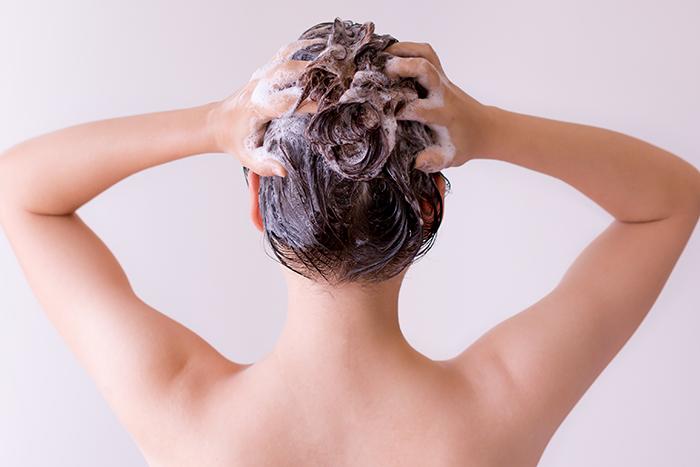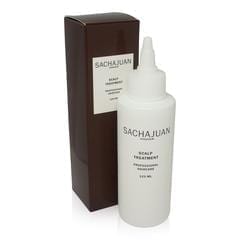Beauty Blog, Dandruff
Dandruff vs Dry Scalp
Dandruff vs Dry Scalp
When you have a flaky scalp, it can not only be embarrassing, but it can also be really uncomfortable. You want to be able to get to the bottom of the problem with your scalp health so you can treat it correctly.
What is Dandruff?
The severity of your dandruff can vary. Sometimes it stays for months at a time, or some cases clear up quickly. Cases can also differ in the amount of area on the scalp is affected. Some flare-ups will spread throughout the entire scalps, and some will be concentrated in a specific area.
Your skin’s cells replace themselves constantly. The same is true with the skin on your scalp. Usually, these flakes are small and subtle enough to not notice. When you have dandruff, you also have an influx of oil on your scalp. It starts to show up when the skin cells get a little out of hand and start to replace themselves rapidly and your skin can’t keep up so the flakes get larger and oily, which makes them much more noticeable.
What are some things that influence your chances of getting dandruff?
The length of time you go in between shampooing. When you take a long time between washes, your oil and skin cells aren’t rinsed out as often. That can cause them to start to collect which can cause visible dandruff. The flip side of this – shampooing too often – can also cause dandruff if the skin gets too dry.
Dermatitis can cause dandruff as a reaction to products you may use. Your shampoo, hairspray, and other products could cause a reaction to your scalp.
Cold, dry air affects the scalp as well. Your scalp needs moisture and if the air dries it out, you could get flakes that start to build up and turn into dandruff.
A fungus called Malassezia can also trigger dandruff. This is actually normal for your scalp to have this fungus, but at times you can get too much of it and it creates over-multiplying of the skin cells.
How can I tell if I have dandruff or a dry scalp?
Not all flaky scalps are signs of dandruff. Sometimes it might just be a dry scalp. Here are the main differences:
- Color and size of flakes. Large and oily flakes that are white or yellow in color. These are signs of dandruff. Dry scalp flakes are usually dry and smaller.
- Red and oily scaly skin. When you have dandruff, your scalp may feel or look irritated and scaly.
- Dry skin on the other parts of your body. If you have dry skin on other parts of your body, you probably have dry skin that’s starting to affect your scalp.
How do I treat my flaky scalp?
There are a few different things you can use to help get rid of your dry scalp. Here are some hair care remedies that can help with your flaky scalp.
Clarifying Shampoo
To get a good, deep clean for your hair and scalp, clarifying shampoo can really help. This can remove excess oils that might start to build up and cause flakes. Some great options for a clarifying shampoo are Davines Solu Clarifying Shampoo and Paul Mitchell Clarifying Shampoo Three. These will remove build-up and keep your hair and scalp clean and healthy.
AntiDandruff Shampoo
Remember the fungus we were talking about earlier? Anti-dandruff shampoo is formulated with pyrithione zinc, which will help kill this fungus when it gets out of hand. Matrix Biolage ScalpSync Antidandruff shampoo is a really good one for helping get your scalp back to normal.
Scalp Treatments
There are options you can use to treat the scalp that can help with the buildup of oil and flakes and help get your scalp back to a healthy state. Sachajuan Scalp Treatment is one that will get rid of dandruff and also help soothe any irritation that has been caused by the itchy or dry flakes.
No matter what the cause of your flaky, dry, itchy scalp, LaLa Daisy has options for you! Visit our website today to find products that will help you get your scalp feeling and looking better!



